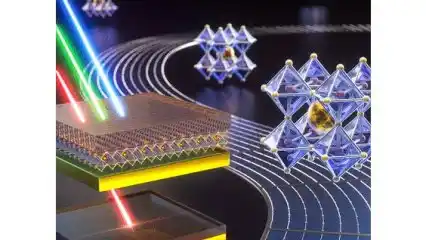افشین رشید
اُستادیار ؛ عضو هیات علمی دانشگاه آزاد اسلامی واحد علوم و تحقیقات تهران
588 یادداشت منتشر شدهNuclear Power _ TURBO-ELECTRIC GENERATOR (Turbo Generator in Nuclear Power)

Note: A triboelectric generator is a device that can generate electricity through static and radioactive electricity , which is done by electron exchange.
Radioactive substances have a positive charge and are considered electron donors. Silicon, a synthetic rubber-like material, is made up of oxygen and silicon atoms, which have a negative charge. When radioactive substances come into contact with the surface of silicon, a charge is generated and electricity is produced. Static electricity is created by the interaction between an electron donor and an electron acceptor.

In this process, you separate the charges and create electricity. Radioactive is naturally charged and another material that has a negative charge is used to generate electricity. When electricity tends to lose electrons, another material takes this charge. Since various materials such as aluminum foil or Teflon have lower electron conductivity than nano- radioactive , nano- radioactive can generate more electricity than other materials. 30% of the Earth's surface is a source of radioactive material , and using this technology, radioactive material can be used to generate electricity. (Triboelectric generator) can be combined with radioactive material to create a device that can generate electricity in different atmospheric conditions. A triboelectric generator can be installed in remote environments to meet the electricity needs of the area without the need for batteries. This device is very smart. Like a nuclear power organization, it can tell you how much radioactive material is in the generator for use in generating electricity.
Conclusion:
A triboelectric generator is a device that can generate electricity through static and radioactive electricity , which is done by electron exchange. A nuclear power triboelectric generator can be installed in remote environments to meet the power needs of the area without the need for batteries.